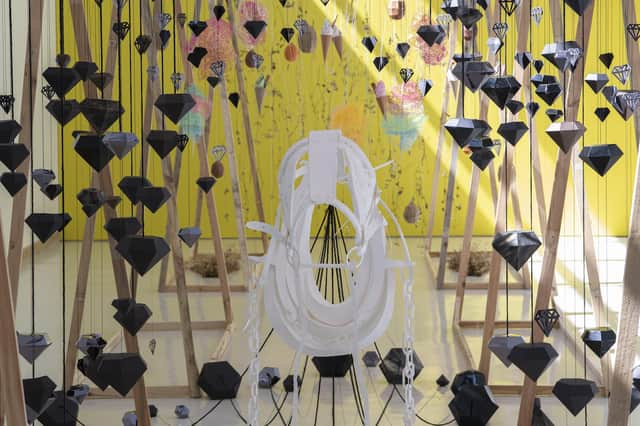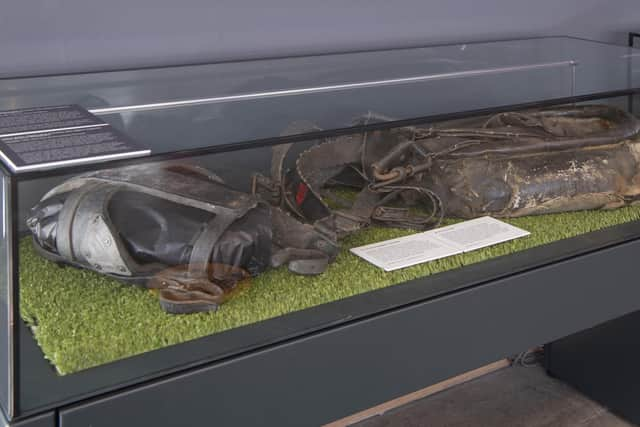New exhibition at Ashington museum showcases the role of ponies in mining industry


Titled ‘Work, Rest and Play’, the exhibition features new work by visual artist Bethan Maddocks and historical items from the Museums Northumberland collection that paint a picture of what life was like for the hardworking pit ponies at Woodhorn Colliery and at other coal mining sites across the region.
Visitors to the new display will be able to see original harnesses and headgear used by pit ponies at Woodhorn, Ellington, and Lynemouth collieries; memorial plaques dedicated to ponies that lost their lives in mining disasters; farrier tools; and photographs and other ephemera depicting the much-loved animals and their lives both down the mines and on the surface.
Advertisement
Hide AdAdvertisement
Hide AdA series of new works by Bethan Maddocks will also go on display as part of her countywide exhibition, A Northumberland Menagerie, which is currently on display across Museum Northumberland’s four sites until October 30.


Inspired by the story of local pit pony, Flax – the last working pit pony at Ellington Colliery in Northumberland – three paper-crafted installations explore different stages of the animals’ lives; from hard work down the pit, being brought to the surface for heydays and holidays, and being put to pasture at the end of their working life.
The first uses black diamonds – the regional nickname for coal – to represent the hard work ponies would endure in the mines.
The second uses delicately spun paper candyfloss, and ice-creams and coconuts, to playfully imagine how the ponies would spend their holidays.
Advertisement
Hide AdAdvertisement
Hide AdAnd the final headgear uses flowers from Woodhorn and the Queen Elizabeth II Country Park to reference ponies being put to pasture for their retirement, and the retirement of the land, post industry.
Rowan Brown, Chief Executive of Museums Northumberland, said: “The last pit ponies to work in Britain retired from the Pant y Gaseg mine in Wales in 1999, marking the end of a mining tradition that dates back to the 1700s.
“Pit ponies were often stabled deep in the mines, and only came to the surface when the mines closed each year for workers’ holidays. Whilst they endured a hard life, and many sadly died whilst working in the mines, miners formed strong bonds with their pit ponies - particularly after the Coal Mines Act of 1911, which gave protection to pit ponies and meant, by law, each pony had to have its own horse-keeper.
“To this day, many people that lived and worked in coalfield communities hold such fond memories of these strong working animals.”
Advertisement
Hide AdAdvertisement
Hide AdVisual artist, Bethan Maddocks, said: “For this new art installation at Woodhorn Museum, I was inspired by a pit pony called Flax, who was the last working pit pony at Ellington Colliery before it closed in 1994.
“The artworks depict different stages of a pit pony’s life, and the essential role they played in coal mining. The new pieces also reflect the transformation of some colliery sites from centres of industry, to a place of rest and leisure for the local community. The balance of work, rest and play is an ideal often fought for and depicted within the mining banners and work of the mining unions.”
‘Work, Rest and Play’ runs until October 30.